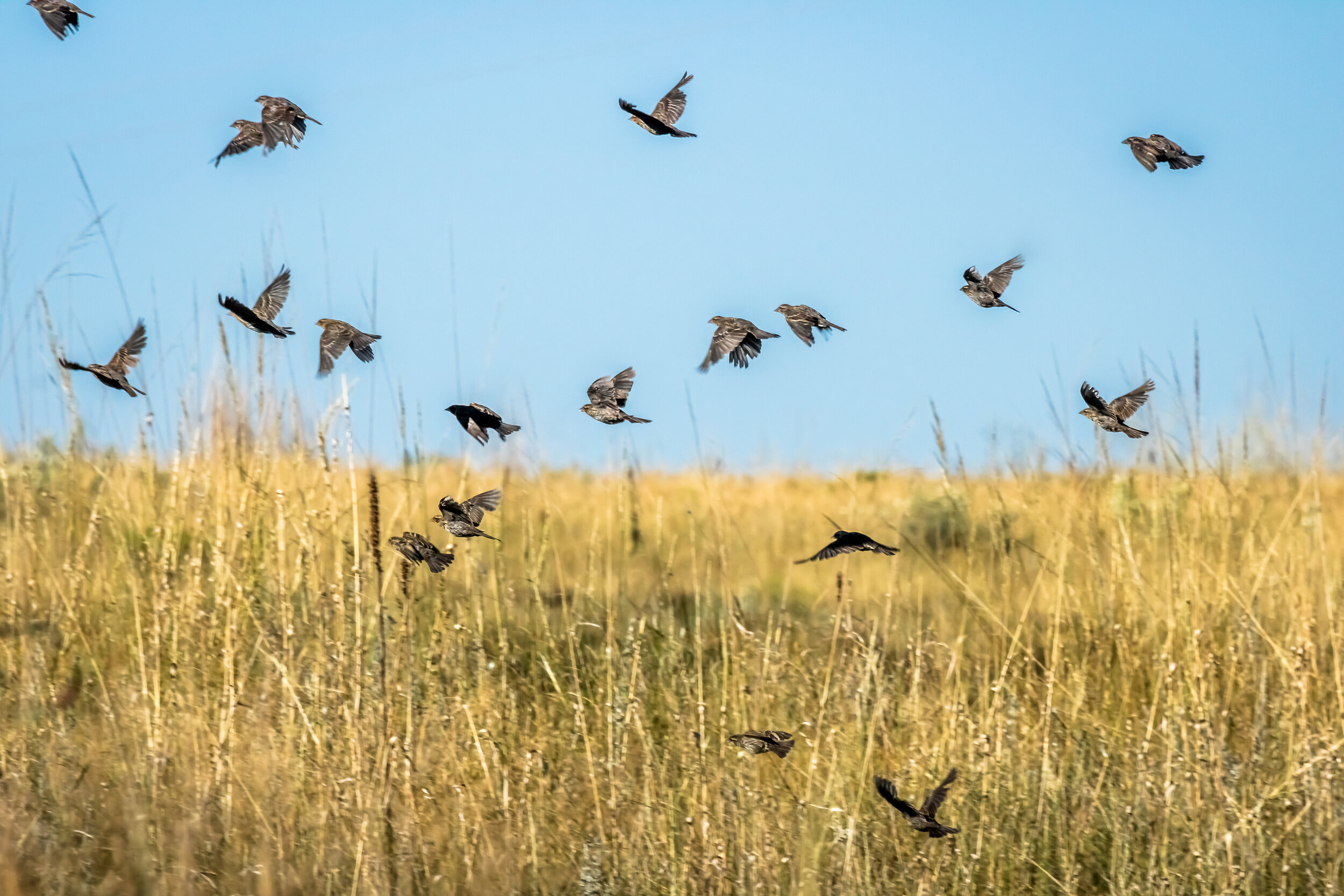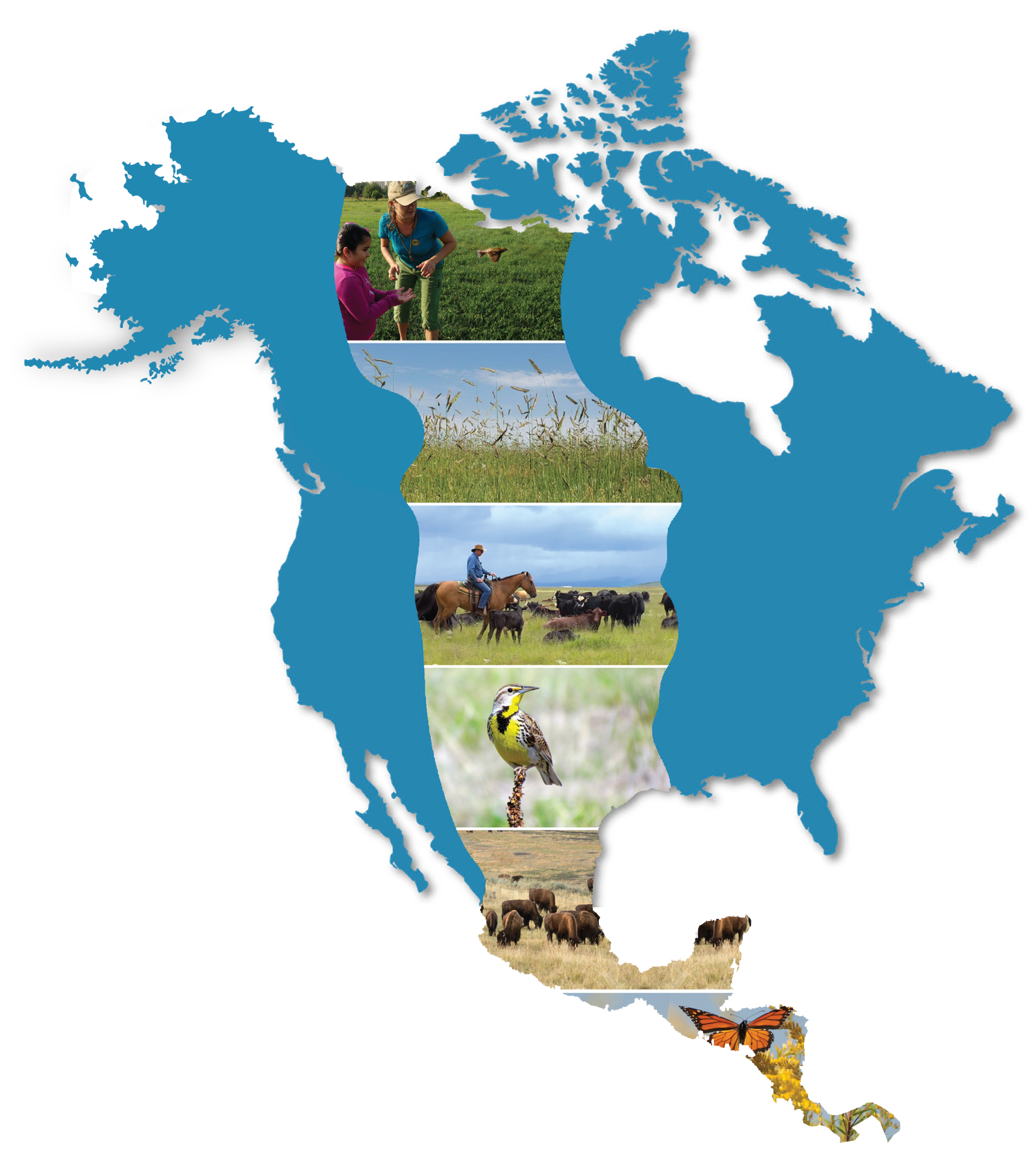
Climate Resiliency & Carbon Sequestration
Resources: Articles, Strategies, and Understanding
The Grasslands Synthesis Project
Understanding how climate change and variability will impact grassland ecosystems and their management in the 21st century first requires a synthesis of what is known across all of these scales and a gap analysis to identify key areas to focus future research. This resource provides a plethora of information and will continue to grow in scope and scale including useful briefs such as, “Wild and Prescribed Fire,” and “Water Availability,” and “Shifting Temperature and Precipitation.”
Cattle, conservation, and carbon in the western Great Plains
Grasslands may be more reliable carbon sinks than forests in California
USDA Climate-smart Agriculture and Forestry Strategy: 90-day Progress Report
Effect of Wind Energy Development on Breeding Duck Densities in the Prairie Pothole Region
Identifying Potential Landscapes for Conservation Across the Central Grasslands of North America
Integrating Keystone Species, Land Use, and Climate Change
NatureService applied a framework to assess climate change vulnerability of 52 major vegetation types in the Western United States to provide a spatially explicit input to adaptive management decisions. Several from the 52 include prairies of the western Great Plains and Chihuahuan Desert. The framework addressed climate exposure and ecosystem resilience; the latter derived from analyses of ecosystem sensitivity and adaptive capacity.
Beyond Inventories: Emergence of a New Era in Rangeland Monitoring
Based on the current state of climate-vegetation science, increasing tree cover in rangelands is not a climate mitigation solution (45). Tree encroachment can increase carbon storage in rangelands (16, 46), but these carbon storage gains are typically offset by reducing land-surface albedo at mid-to high-latitudes (12, 47). For example, across the northern Great Plains, tree cover would need to reach 95+% to contribute to climate cooling (12); such a scenario would result in the wholescale collapse of the northern Great Plains and its biodiversity therein (4). The most effective climate mitigation strategy for rangelands remains preventing grassland conversion to row-crop ag (5)."
